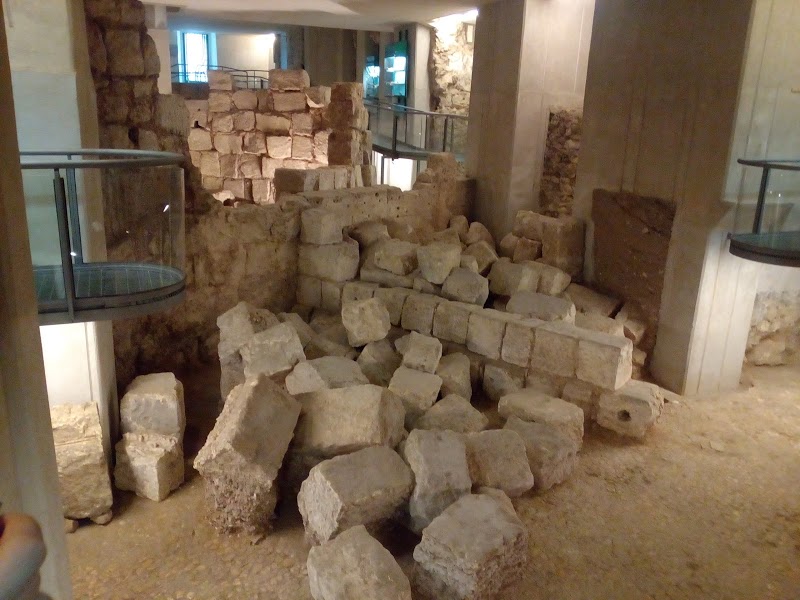Explore Villa San Pietro (also known as Santu Perdu in Sardinian), a charming Italian municipality located in the metropolitan city of Cagliari, in the captivating region of Sardinia. With a population of 2,149 inhabitants, Villa San Pietro boasts a rich and fascinating history that dates back to the Nuragic era.
The traces of the past are evident with the presence of Giants’ tombs, domus de janas, and a nuraghe, which still remains mostly buried in the surrounding territory. These archaeological findings tell ancient and mysterious stories that make Villa San Pietro a place imbued with charm and mystery.
From the Roman period to the Middle Ages, Villa San Pietro has experienced different historical phases, first belonging to the curatorship of Nora in the Judicate of Cagliari and later to the curatorship of Capoterra. With the fall of the judicate in 1258, the municipality passed to the Pisan family della Gherardesca, marking another significant milestone in its historical evolution.
One of its most precious historical gems is represented by the graceful 13th-century Gothic-Romanesque church dedicated to Saint Peter. This sacred building attests to the importance and constant presence of faith in the social fabric of the community over centuries.
- In 1355, Villa San Pietro became part of the Aragonese Kingdom of Sardinia
- In the 17th century, the town was repopulated after a period of depopulation
- In 1839, with the abolition of feudalism, it became an autonomous municipality governed by a mayor and city council
Villa San Pietro is also known for its civil and religious celebrations honoring patron Saint Peter Apostle towards late June. During this traditional festival, you can witness local and regional artistic performances while the parish choir engages in an enchanting singing competition.
The variety of Sardinian spoken in Villa San Pietro is Campidanese comune, further enriching the cultural and linguistic heritage of this region.
Additionally, annually on May 2nd, Villa San Pietro hosts a procession for Saint Efisio before continuing towards Nora; then on May 4th Saint Efisio stops at Villa Atzori before heading towards Cagliari. This tradition dates back to 1943 when Mario Atzori contributed to perpetuating the Vow made in 1656 by carrying the sculpture from Sarroch to Pula during wartime.










